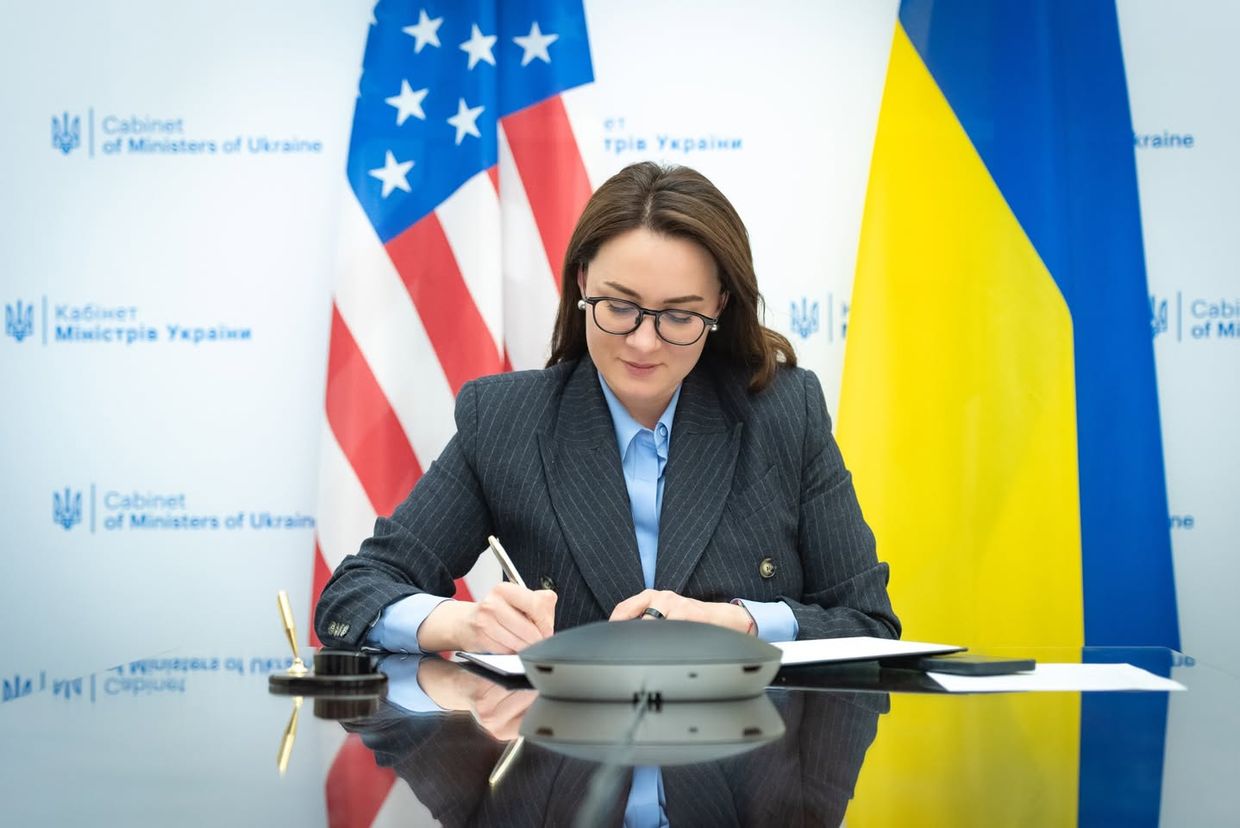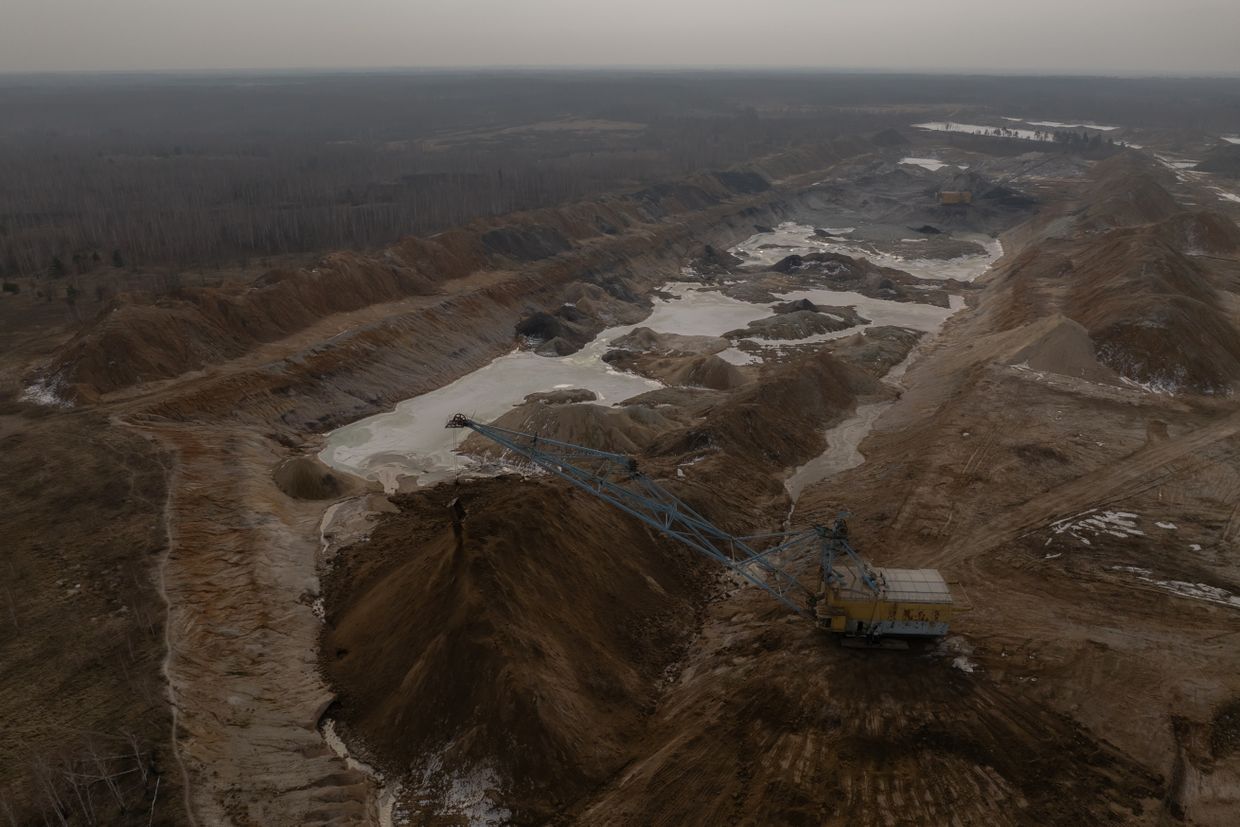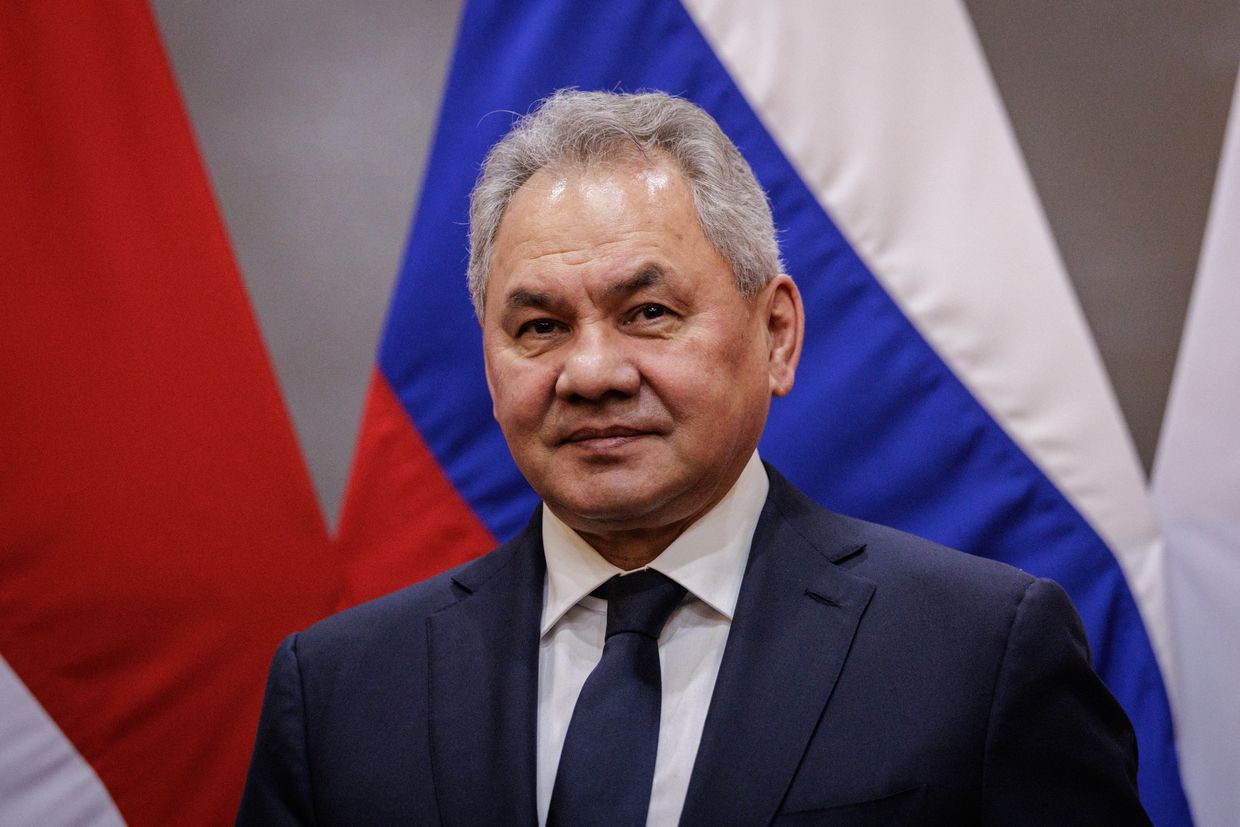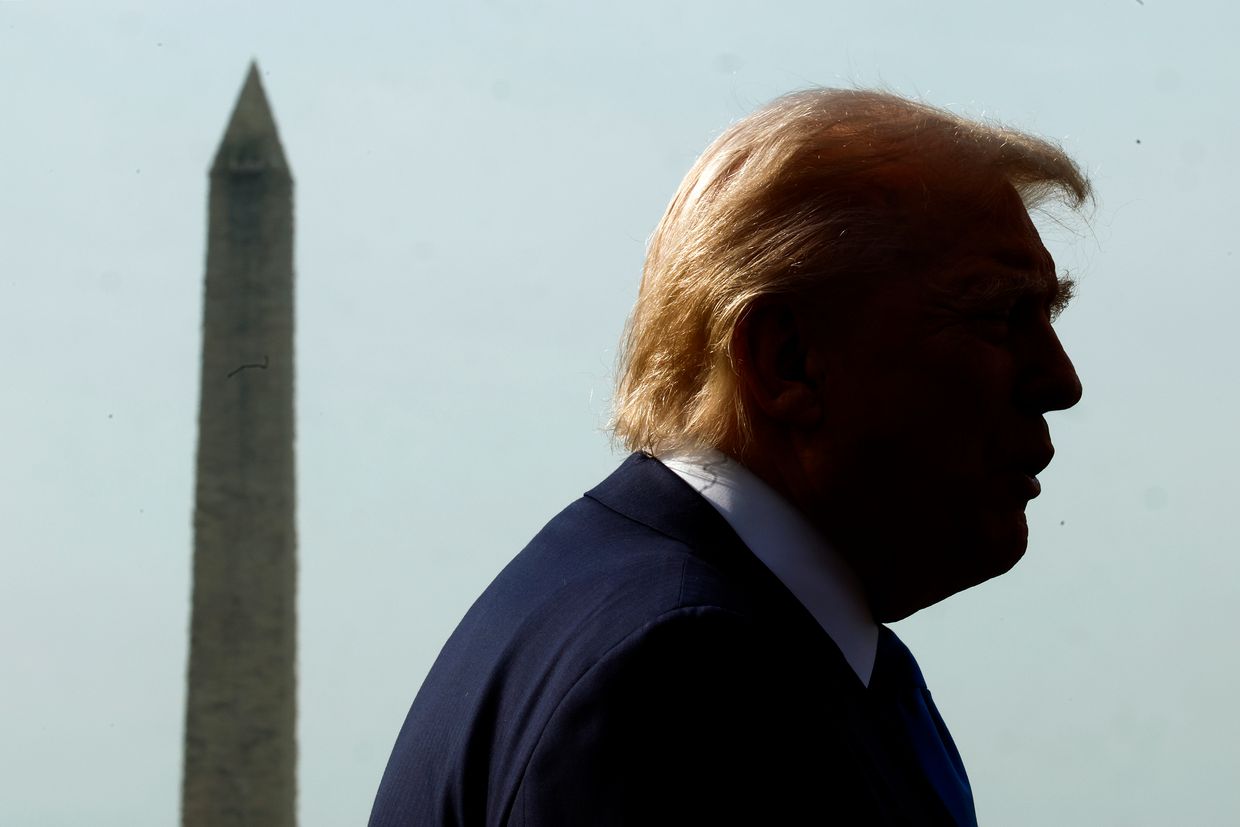The U.S. and Ukraine signed the long-awaited minerals agreement on April 30, paving the way for further American support of Kyiv through a joint investment fund that will contribute to Ukraine’s reconstruction.
The deal comes after months of sometimes fraught negotiations, including an Oval Office shouting match between U.S. President Donald Trump and Ukrainian President Volodymyr Zelensky that derailed its signing in February.
While the U.S. officials had pushed for a swift agreement, Ukraine insisted on including security guarantees in the deal, and ensuring any agreement wouldn't be considered as repayment for any previous aid.
Over the weekend, Ukrainian officials announced that they had managed to secure the removal of any requirement for Kyiv to pay back the U.S. for previous military assistance, but that any future aid would be counted toward the deal.
While the current deal doesn’t contain any security guarantees, Ukraine’s Economy Minister Yuliia Svyrydenko wrote on X to say that “in addition to direct financial contributions (to the fund), the deal may also provide new assistance — for example, air defense systems for Ukraine.”
Following its signing between Svyrydenko and U.S. Treasury Secretary Scott Bessent in Washington, Ukraine’s Cabinet of Ministers published the full text of the agreement on its website.
The agreement signed on April 30 lays the groundwork for the creation of a fund that will operate as a limited partnership with the U.S. International Development Finance Corporation on the American side, and the Agency for Supporting Public-Private Partnership representing Ukraine.
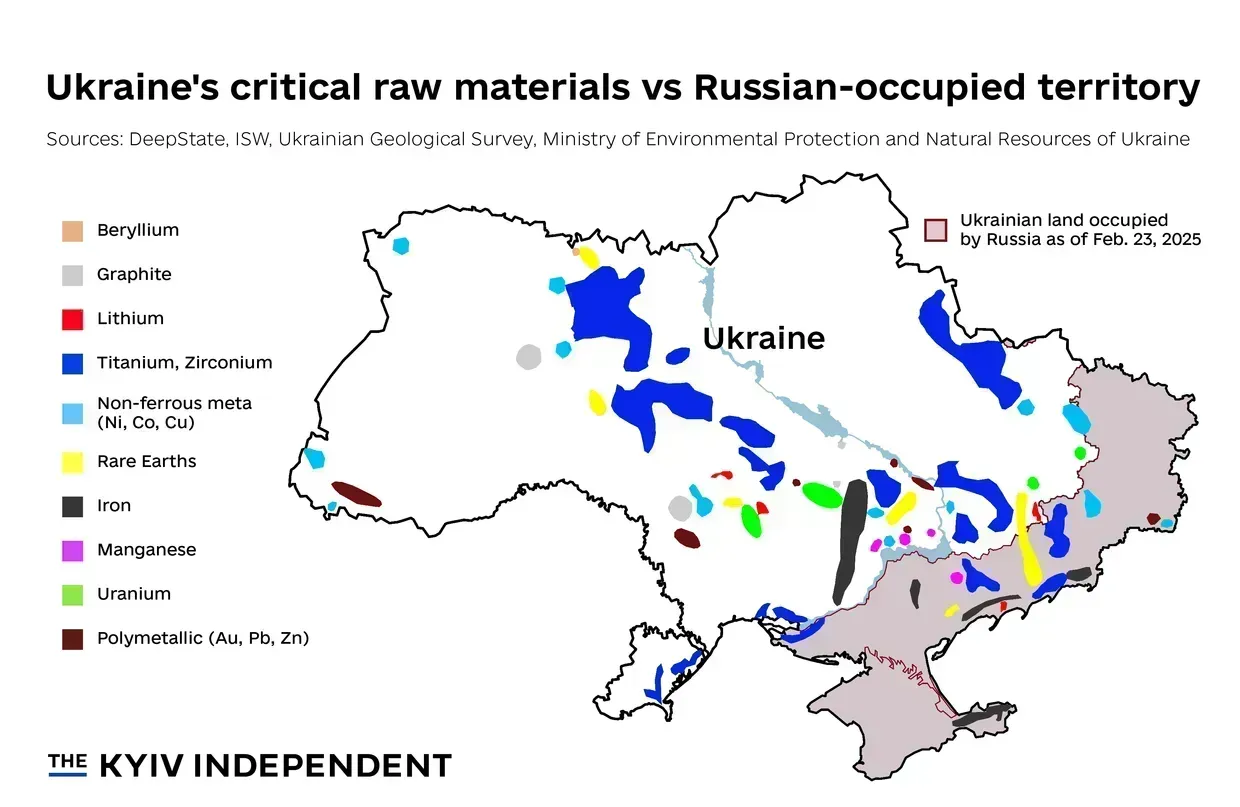
The future fund will be financed exclusively from new licenses. Fifty percent of revenues from new licenses in the fields of critical materials, oil, and gas, generated after the fund is created, will be directed to it, Svyrydenko said.
Earlier leaked versions were met with backlash and caused speculation the agreement could have given the U.S. unprecedented access to revenues of state-owned Ukrainian giants, particularly in the energy sector.
The agreement also provides a precise list of 57 mineral resources that the deal applies to, including strategic metals like uranium and lithium, rare earth elements, precious metals such as gold and platinum, oil, and natural gas. This list can be expanded only by agreement of both parties.
The agreement stipulates that Ukrainian authorities must require anyone with mining or infrastructure licenses to share investment opportunities with the American-Ukrainian fund. Other interested parties cannot be offered more favorable terms if the fund shows interest in any investment, the agreement says.
Earlier versions of the agreement also raised alarm over its potential conflict with an earlier agreement signed between Ukraine and the EU on its mineral resources in 2021. The newly signed deal requires any future investments under the fund to comply with Ukrainian and EU laws, without hindering Ukraine’s EU accession process.
"If, after the signing of this agreement, Ukraine needs to assume additional obligations related to its European Union accession that could impact this provision, the parties shall consult and negotiate in good faith to adopt adjustments,” the agreement reads.
All income, contributions, and payments related to the fund activities in Ukraine will not be taxed, either in Ukraine or the U.S. In turn, the U.S. pledged not to impose restrictive trade tariffs on mineral products that the fund would buy from Ukraine.
The document also guarantees free conversion of hryvnia to dollars for necessary transactions. If Ukraine's financial stability is threatened by foreign exchange shortages, the Ukrainian government may restrict currency conversion and transfers after consulting with the U.S. Treasury.
Opposition MP Yaroslav Zhelezniak, who has had access to versions of the agreement and has been regularly commenting on it on his popular Telegram channel, called the deal’s signing on April 30 “political” and just the first step toward further deals.
This latest agreement requires ratification by Ukraine’s parliament to come into effect, Zhelezniak said, adding that it could be voted on during parliamentary sessions between May 13-15, if all procedures can be completed in time.
After ratification, two more parts of the mineral agreement will follow — a treaty between the DFC and the Agency from Ukraine, and a technical part.
"Additionally, several laws will need to be amended, including specifically the Budget and Tax Codes," Zhelezniak wrote.
